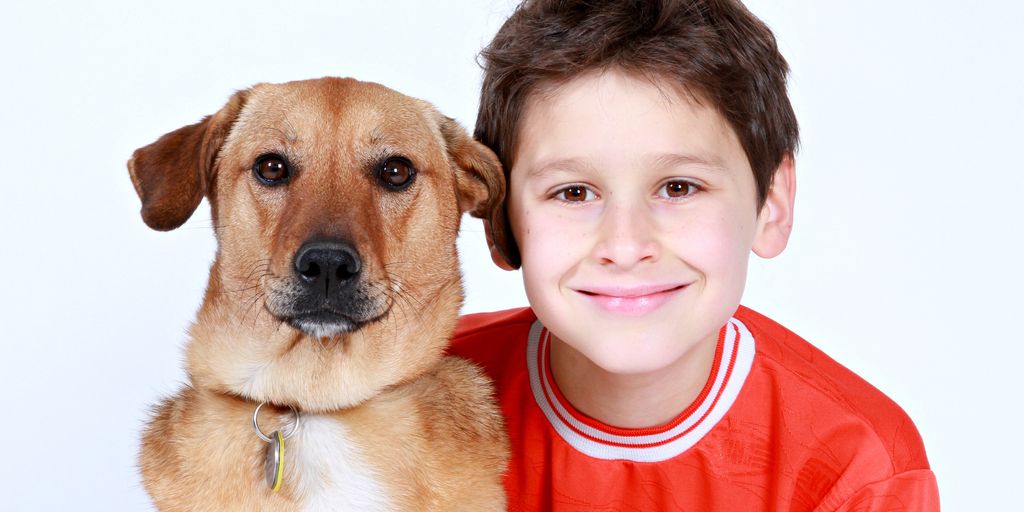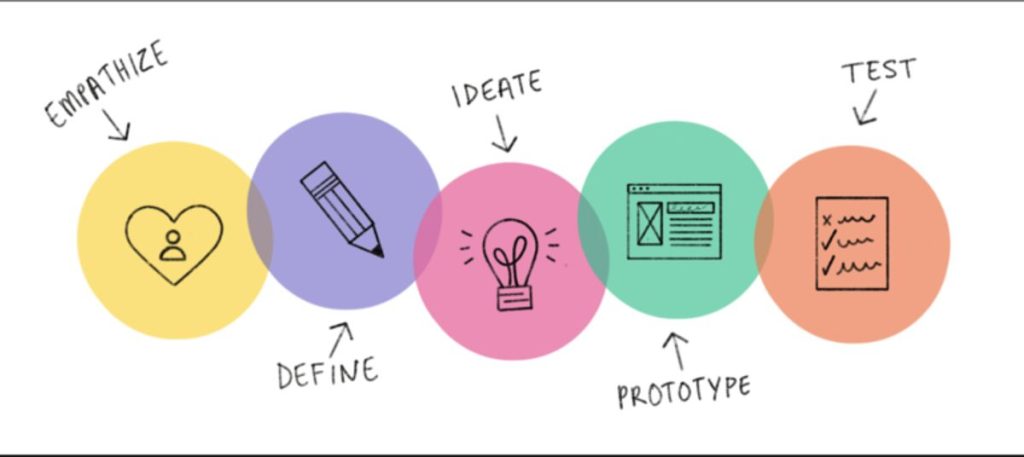Welcome to the world of dog training games – a realm of fun-filled activities that amuse your pet, enhance their cognitive abilities, strengthen their problem-solving skills, and improve their responsiveness. These fun games are far more than just pastimes; they are an active component of your dog’s lifelong learning process. They offer an exciting twist to regular dog games, ensuring your dog remains mentally alert, physically active, and emotionally connected with you.
Key Takeaways
- Dog training games are essential for enhancing your dog’s cognitive abilities and problem-solving skills.
- Games like ‘Hide and Seek’ and ‘Fetch with a Purpose’ make learning fun and engaging for your dog.
- Tug-of-War and Obstacle Courses help build physical strength and agility.
- Mental stimulation games such as ‘The Shell Game’ and ‘Puzzle Toys’ keep your dog mentally alert.
- Training games strengthen the bond between you and your dog, making the learning process enjoyable for both.
Hide and Seek: A Classic Game with a Twist
How to Play Hide and Seek with Your Dog
Playing hide and seek with your dog isn’t just for kids! Start by asking your dog to sit and stay while you find the perfect hiding spot. Once you’re hidden, call your dog’s name to encourage them to find you. Celebrate their big accomplishment when they discover your hiding place.
Benefits of Hide and Seek for Dogs
Hide and seek is a fantastic way to supercharge your dog’s recall skills. This game also provides mental stimulation and can be played both indoors and outdoors, making it versatile for any weather.
Tips for Making Hide and Seek More Challenging
To make the game more fun, start throwing treats in unpredictable ways—toss it over your shoulder, bowl it down the hallway, or chuck it between your legs. Practice indoors first to minimize distractions before taking the game outside.
Tug-of-War: Building Strength and Discipline
Tug-of-War is a classic game that many dogs absolutely love. It’s interactive and provides a way to give your dog high-energy exercise in a small amount of space. The tugging and pulling is also great exercise for your dog and can help them stretch before another activity or rev them up before a competition.
Rules for Safe Tug-of-War
When playing tug-of-war, it’s crucial to establish some ground rules to ensure safety. If your dog’s teeth get close to your hand while playing, stop immediately. This will teach your dog that they are not allowed to nip at you and, if they do, the fun is over. It’s also important to train your dog to drop the rope on command. Tug-of-war is a dominance game to them, and they need to know that you’re the boss.
Why Tug-of-War is Great for Training
Tug-of-War is not just fun; it also teaches your dog the importance of patience, focus, and self-control. With regular practice, your dog will become more disciplined, improving their balance and ability to follow commands and control impulses. This game offers a “legal” way for your dog to use their teeth and can be a great bonding activity.
Variations to Keep Tug-of-War Interesting
To keep the game interesting, try different variations. You can use different types of toys, like ropes, rubber rings, or even a sturdy piece of cloth. Change the environment by playing indoors or outdoors. Allow your dog to win occasionally; it’s no fun if you win every time! This keeps the game engaging and ensures your dog remains enthusiastic about playing.
Fetch with a Purpose: Enhancing Recall Skills
Fetch has a lot to offer, including the skill of dropping an item upon request. It also provides opportunities to work on high-level obedience training. After a few throws, during which the dog has retrieved an item, brought it back to you, and dropped it at your feet, take a short break and ask them to do something specific: sit, down, high-five, or any behavior they can do on cue. Then resume play. Adding this mental stimulation into a game of fetch can be done sporadically so that most sessions are pure fun.
Steps to Teach Fetch with a Purpose
- Start with a familiar fetch routine.
- Once your dog retrieves the item, ask for a specific behavior before throwing the item again.
- Gradually increase the complexity of the behaviors requested.
- Use high-value rewards to keep your dog motivated.
Common Mistakes to Avoid
- Not being consistent with commands.
- Overloading your dog with too many new behaviors at once.
- Forgetting to reward your dog for successful attempts.
Pro Tip: If your recall is a little patchy, use a long recall line or start the games off indoors to keep your dog safe while you play.
Advanced Fetch Techniques
- Incorporate obstacles to make the game more challenging.
- Use different types of toys to keep your dog engaged.
- Practice in various environments to generalize the behavior.
These recall dog training games will help you get the walks in the parks and thrilling games of fetch you’ve always dreamed of. It all comes down to teaching them to come back!
Obstacle Courses: Boosting Agility and Confidence
Creating an obstacle course for your dog is a fantastic way to boost their agility and confidence. This versatile and dynamic game engages your dog both physically and mentally, helping them develop problem-solving skills, coordination, and confidence. It’s a great workout and can be tailored to your dog’s capabilities, ensuring it remains challenging and exciting.
The Shell Game: Sharpening Your Dog’s Mind
The Shell Game is a fantastic way to challenge your dog’s memory, concentration, and decision-making skills. Originating from an old street game, it involves hiding a treat under one of three cups, shuffling them around, and encouraging your dog to choose the correct one. This game invigorates their cognitive ability and stimulates their senses, promoting focus and discernment.
Follow the Leader: Teaching Obedience and Focus
How to Start Follow the Leader
“Follow My Lead” is an engaging game that takes the routine walk to a new level, incorporating surprise, instant change, and obedience. This game encourages your dog to remain attentive and follow your lead, strengthening your bond and improving their ability to respond to verbal cues.
Games to Reinforce Following Commands
- Change Directions Frequently: Keep your dog on their toes by changing directions often. This will teach them to pay close attention to your movements.
- Stop and Go: Practice stopping suddenly and then going again. Reward your dog when they follow your lead promptly.
- Use Verbal Cues: Incorporate commands like “follow,” “stop,” and “go” to reinforce verbal obedience.
Why This Game Strengthens Your Bond
Playing “Follow My Lead” transforms a mundane walk into an exciting and educational game, enhancing your dog’s attentiveness, obedience, and responsiveness to your commands. With regular practice, your dog will become more connected with you, understanding and following your lead with improved precision and enthusiasm while loose leash walking.
Remember to keep the game fun and upbeat. The goal is to enhance your dog’s focus and response to your commands, not to stress or confuse them.
Scent Work: Unleashing Your Dog’s Natural Abilities
Scent work, or nose work, is a captivating activity that utilizes your dog’s innate ability to detect and identify scents. It’s a form of mental gymnastics that can be incredibly rewarding for both you and your dog. Scent work is what I like to call meditation for dogs. It is the thing that most dogs absolutely love to do, and are best at thanks to their fancy noses and good sniffing skills. This is a great game to play with puppies to take their mental stimulation from 0 to 100!
Musical Chairs: A Fun Twist on Impulse Control
This one, borrowed from a game enjoyed by children, teaches dogs to listen to cues even when excited. The impulse control involved in repeatedly stopping and starting is a great life skill that often spreads to other contexts. Sometimes, a dog who is having trouble with self-control will be able to pull it together after several of the transitions between the excited running and stopping that make up the core of this game. Other dogs calm down if you play it in a very tranquil, slow manner.
Ring the Bell: Encouraging Communication Skills
"Ring the Bell" is a multifaceted game for amusement and practical purposes. This game challenges your dog’s problem-solving skills, prompting them to figure out how to ring a bell hung from a fixed point. A successful ring usually signifies the completion of a task or a command. Besides being an entertaining game, it can be used practically for potty-training exercises or to communicate with other dogs’ needs. The game enhances your dog’s cognitive abilities, understanding of commands, and response timing.
Puzzle Toys: Keeping Your Dog Engaged and Entertained
Choosing the Right Puzzle Toys
Puzzle toys can make mealtimes even more interesting, while helping to slow down those hectic moments, and reduce the chance of bloating. Studies show that some dogs actually prefer eating out of puzzle toys rather than just straight from a bowl. These toys offer a fantastic blend of mental stimulation, slow feeding, and interactive fun, making them an essential addition for any dog owner looking to keep their furry friend engaged.
Introducing Puzzle Toys to Your Dog
Similar to the games above, there are a variety of puzzle toys available. These will be especially exciting if your dog is motivated by food. The objective of a puzzle toy, of course, is to have them use their brain to earn the reward. These interactive toys can improve your dog’s memory, as well as teach them to focus on a specific task for a period of time.
Benefits of Puzzle Toys for Mental Health
Puzzle games are great dog games to play for any woofs, including seniors! Dogs with older bodies can still have very sharp minds, and it’s important for you to help keep Ol’ Fido mentally stimulated. Many of the puzzle games listed above are good options for mature pooches, including the Muffin Tin Puzzle, Treat Burrito, Cardboard Tube Treats and Snuffle Mat.
Make the game even more fun: Stick some extra treats inside. Dehydrated meat strips are absolutely delicious for them!
Follow My Lead: Enhancing Leash Training
“Follow My Lead” transforms a mundane walk into an exciting and educational game, enhancing your dog’s attentiveness, obedience, and responsiveness to your commands. With regular practice, your dog will become more connected with you, understanding and following your lead with improved precision and enthusiasm while loose leash walking.
Simon Says: A Fun Way to Teach Commands
How to Play Simon Says with Your Dog
Playing Simon Says with your dog is a fantastic way to teach them to listen to cues even when they’re excited. Start by choosing a few basic commands your dog already knows, such as sit, stay, and come. Remember to reward them once they follow correctly to reinforce the desired behavior. Keep the game fun and upbeat. The goal is to enhance your dog’s focus and response to your commands, not to stress or confuse them.
Commands to Include in Simon Says
Here are some commands you can include in your game of Simon Says:
- Sit
- Stay
- Come
- Down
- Shake
- Spin
Mix up the commands and occasionally throw in a
Conclusion
Incorporating fun and engaging dog training games into your routine is a fantastic way to bond with your furry friend while enhancing their cognitive abilities and responsiveness. These games are not just about having a good time; they are essential tools for lifelong learning and development. So, why settle for the mundane when you can make training an exciting adventure for both you and your dog? Remember, the key is to have fun and stay consistent. Happy training!
Frequently Asked Questions
What are the benefits of playing training games with my dog?
Training games can enhance your dog’s cognitive abilities, improve their problem-solving skills, and strengthen their responsiveness. They also provide physical exercise and emotional bonding opportunities.
How often should I play training games with my dog?
It’s beneficial to play training games with your dog daily, even if it’s just for a few minutes. Consistency helps reinforce the skills being learned.
Can training games replace regular exercise for my dog?
Training games should complement regular exercise, not replace it. They provide mental stimulation and can be part of a well-rounded exercise routine.
What if my dog doesn’t seem interested in the games?
Try different types of games to see what interests your dog. Some dogs may prefer scent work over physical games, or vice versa. Positive reinforcement and patience are key.
Are there any safety tips for playing training games?
Always supervise your dog during training games, especially those involving physical activity. Ensure the environment is safe and free from hazards.
How can I make training games more challenging for my dog?
Increase the difficulty gradually by adding more complex commands or obstacles. For example, in hide and seek, hide in more challenging locations.
What types of rewards should I use in training games?
Use high-value treats, praise, and toys as rewards. The reward should be something your dog finds motivating.
Can older dogs benefit from training games?
Yes, older dogs can benefit from training games as they provide mental stimulation and gentle physical exercise. Always consider your dog’s physical limitations and adjust the games accordingly.




